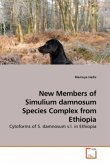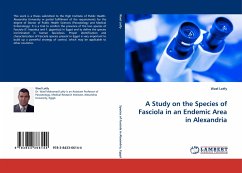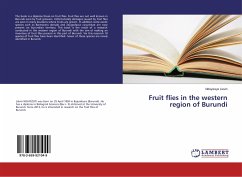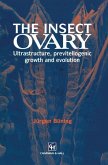Millions of people are annually infected with opisthorchiid liver flukes, e.g. Opisthorchis felineus, prevalent in the former Soviet Union. Opisthorchiid species' taxonomic affiliation is largely unclear and their differentiation is often difficult. In order to clarify phylogenetic relationships of opisthorchiid species, this work was devoted to molecular phylogenetic analysis using three molecular genetic markers; ITS2, COI, and ND1. For these purposes, new PCR primers were designed and a part of the three different genes was amplified and sequenced for 31 opisthorchiid species. Phylogenetic results revealed that all used opisthorchiid sequences were clustered into three major groups: O. felineus sequences belong to a uniform species; C. sinensis and O. viverrini showed a close relationship to each other, and M. bilis displayed three COI mitochondrial lineages. However, the molecular phylogenetic analysis did not allow to establish exact intergeneric relationships between the three major clusters. In conclusion, the phylogenetic analysis suggests to place O. viverrini within the genus Clonorchis and rename Opisthorchis viverrini as Clonorchis viverrini.







